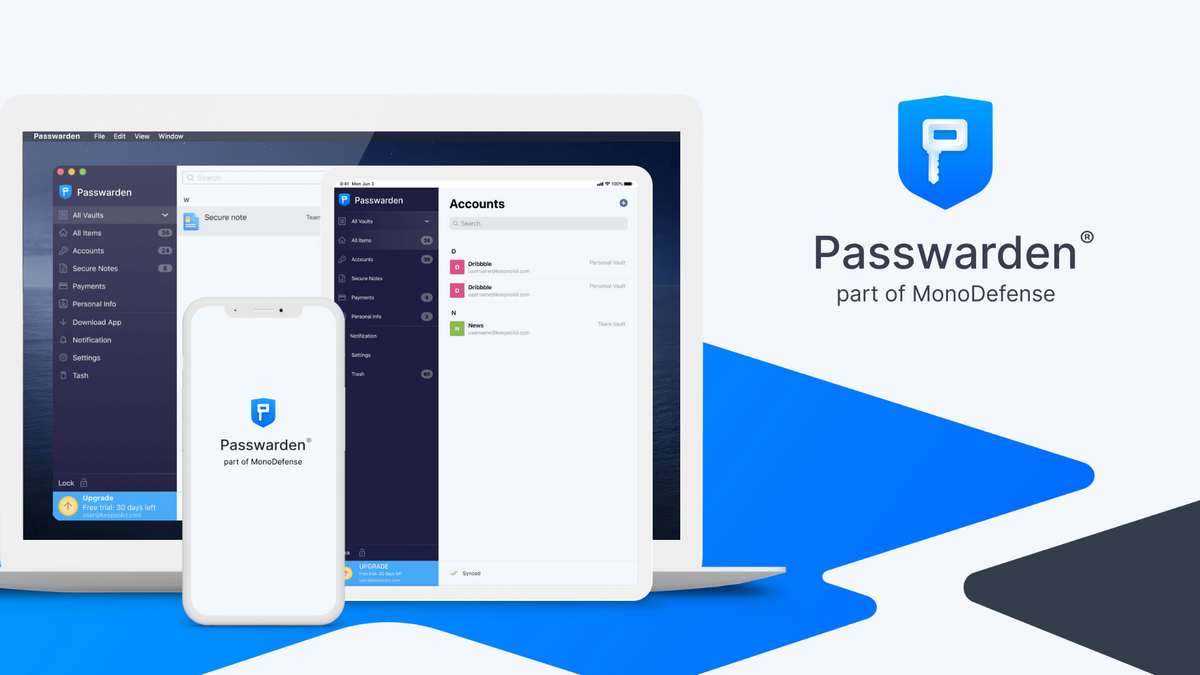
In software testing, end-to-end testing (E2E) refers to the process of testing the completeness of the final product from the users’ standpoint from beginning to end. A software integration process ensures that all the pieces of software work together. Once the Minimum Viable Product (MVP) has been developed, the end-to-end testing process begins. In addition to end-to-end testing, integration testing, unit testing, and UI testing are also different types of testing. During tests, some ground might be covered twice.
Testing from beginning to end requires a substantial investment of time and knowledge up front. In spite of that, the investment is one that will pay off in a very short amount of time. It is always costly to detect bugs or regressions in a production environment after they’ve made their way into a development environment, which is costly for company image, developer stress, and overall development team productivity.
Due to the fact that end-to-end tests run the entire application, they cover more code than unit tests. It is possible to cover 60 to 80% of code with a few end-to-end tests. To achieve the same results with unit tests, hundreds of them would have to be written and a lot more code would have to be written.
In order to conduct end-to-end tests effectively, you need a stable, dedicated environment. When your database is updated by someone else, flaky tests may fail randomly. The same can be said for end-to-end testing, as it is in most other areas of software testing. In spite of this, it can often be challenging to automate end-to-end tests because of their complexity. Modern test automation platforms are extremely helpful in this situation.
End-to-end testing workflows require an automation platform that can grow over time and learn to automatically heal and maintain fragile tests for an efficient automated workflow. The platform provides comprehensive, detailed data and makes testing easy and intuitive.
In this article, we will look at the 9 FAQs that are related to end-to-end testing. But, let’s start with the basics first.
How does End-to-End Testing work?
Software testing that involves testing the workflow of an application from beginning to end is called end-to-end testing (E2E testing). To ensure the integrity of data and integration of the system, this method mimics real user scenarios.
As a result, the test goes through every operation the application can perform, such as communication with hardware, network connectivity, database connectivity, and external dependencies. After functional and system testing has been completed, E2E testing is usually conducted.
9 Frequently Asked Questions About End-to-End Testing, Answered
Here are 9 questions along with precise answers that you might come across when you start with end-to-end testing.
1. When it comes to frontend, what is end-to-end testing?
Front-end doesn’t have a specific definition. In end-to-end testing, your users interact with your system as if it were their own; they are unaware of boundaries between the front end and the backend. You can measure your system’s “depth” and “width” using an end-to-end . In these tests, you check the behavior of a user journey from beginning to end across multiple pages to test the width of your system. Furthermore, as they do this, they exercise your system’s depth by checking all tech layers, frontend and back-end.
Unit tests are designed to test individual units of code, which are familiar to most developers. In addition to integration tests, which test the interaction between different parts of a program, some developers also use unit tests. Although these types of tests can be great for validating code as it is written, they don’t validate applications as well.
A test that covers the entire process is called an end-to-end test. In an end-to-end test, a user’s perspective is taken into consideration while testing an application. In this way, a test that covers the whole application is unaware of its internals. In other words, it is a type of black box test. Users often click buttons, open menus, or enter text in forms in e2e tests. A unit-test perspective can have difficulty implementing real-life user scenarios. Conversely, user scenarios can be replicated fairly easily when viewed from the end-to-end perspective.
2. How does e2e testing benefit you?
In addition to ensuring that a flow meets business objectives, end-to-end tests ensure that it works from the user’s perspective. It is possible to boil down the benefits of end-to-end testing to a few key points when discussing the value of end-to-end testing for businesses.
End-to-end testing:
- Maintains the health and correctness of the entire application
- Optimizes customer experience by optimizing functionality
- Workflow logic is exercised
There are, however, objections to this method of testing as with most things. Test automation, which saves time, contains costs and minimizes risk, is the solution to end-to-end testing, which is slow and time-consuming.
3. Is there a way to prevent flakiness in e2e tests?
Testing on stable ground is one way to ensure success, which you can do by following the guidelines from the previous question. Additionally, testing exists to give you confidence, and this is one of the most important guidelines. Investigate the cause of flakiness whenever you notice it.
The test cannot be trusted if that is not possible. You should delete unreliable tests without mercy because they serve no purpose. Mocking is also not a good solution for flakiness. In end-to-end tests, the user interface is automated, which makes them realistic. The user might also encounter a problem if the test encounters one. In the case that you mock your end-to-end test, it will be transformed into a slow, bloated unit test.
4. What are vertical and horizontal e2e testing?
Vertical and horizontal are the two types of end-to-end testing. A horizontal variation of end-to-end testing occurs when testing occurs across multiple applications, and is the most common. Performing an end-to-end horizontal test entails ensuring that each process in each application is completed correctly from start to finish.
Today, as we know, many software systems interact with and connect to external applications, regardless of whether these were developed internally or by third-parties. In a vertical end-to-end test, the layers of an application are tested from top to bottom, meaning each subsystem is tested independently of the others. Starting with unit tests, you will then move onto testing both the UI and API layers, working your way through each layer from top to bottom.
Horizontal and vertical end-to-end testing serve the same purpose, but each has a unique set of advantages and prerequisites that may make some teams more comfortable implementing them than others.
5. Can e2e tests slow down pipelines?
Your development process is sped up by a couple of seconds with each new test. Confidence and speed have to be balanced. Your team needs to agree on their balance – it’s not a one-size-fits-all approach. It’s like crossing a bridge, you either make a run for it or you cross slowly and carefully. The bridge may be short. Perhaps crossing bridges is nothing new to you. There may be only one time you cross it. There is nothing more important than context.
6. What is the process for running e2e tests in your pipeline?
There are several code repositories with different pipelines owned by many teams. end-to-end tests can therefore be triggered from any pipeline. That’s why we created a separate repository, one that builds a Docker image every time we push to main. We simply pull the image and run it when we want to run end-to-end tests. As long as you pass all the necessary configurations and secrets as environment variables, that’s all you need to do.
7. When writing test code, how do you structure it?
In the same way that code styling rules need to be agreed upon by your team, so should code formatting rules. Some rules have consequences, but there’s no right way. You will have a lot more tests to cover the same system behavior if you have one assertion per test. You know that each test takes time to execute and maintain. Having too many files and lines in a test suite makes it more difficult to maintain. In a long-running test suite, fewer tests are run. As a result, we suggest you avoid those two pitfalls when structuring your test code.
The first step is to figure out what the user wants to accomplish with our system. Our next step is to map their journey, the actions they will need to perform, and the screens they will use along the way. The last step is to write the end-to-end test, asserting during the process just as a user would do.
8. What is the best way to clean up the existing test mess with end-to-end tests?
It should be noted that end-to-end tests are not perfect tools that can replace everything. There can also be a lot of mess in these tests. Our knowledge of their slowness is already well established. Because they are realistic, they are highly dependent on the state of your system – for instance, if the login feature is down, all end-to-end tests might fail. They also create and update data, which changes your system’s state due to their realism. Keeping the testing pyramid in mind and remembering why end-to-end tests are so important. There is a place and a quantity for every type of test.
9. In order to measure the success of e2e testing, what metrics should be used?
Four key metrics for measuring the success of an end-to-end test are used. Whenever you engage in a process, you will want to ensure your time and efforts have not been wasted. Metrics allow you to do this. In order to measure how successful your end-to-end tests are, you should keep track of the following four metrics:
- Status of preparation of test cases: Graphs showing preparation progress against the number of planned test cases can be used to track preparation progress.
- A weekly test progress measurement: By using this measurement, you will be able to review the progress and details of your completed tests on a weekly basis. Track both the percentage of completed tests and the number of failed and passed tests.
- Overview of defects and their status: You should also keep track of these measurements weekly and calculate percentages of opened and closed defects, along with their severity and priority distributions.
- Availability of test environments: Two key metrics will be tracked here, the amount of time allocated to run tests in a specific environment and the amount of time actually spent conducting your end-to-end tests in those environments. In this case, you must count how many hours each environment is up and how many hours of testing are scheduled each day.
Conclusion
UI, functions, and features are listed in advance of testing by designers and developers. Identifying dependencies, flaws, and inaccuracies in data flow between systems is essential. Before testing, teams also need to prepare the conditions, which could affect the options available via the interface.
Every end-to-end review is a test of the finished system, since it is conducted on finished products and systems. In the event that the system fails to output what is expected or if a problem is detected, a second test will be conducted. To determine the issue’s origin, the team must record, analyze and retest the data. End-to-end testing is primarily concerned with the user’s experience, unlike other testing techniques.
To deliver a consistent, high-quality user experience, organizations should pick the right testing tools and allocate resources to end-to-end testing. In addition to Playwright, Selenium, Cypress, Puppeteer, and many other test suites, LambdaTest, a cloud-based testing platform, provides end-to-end testing solutions. LambdaTest can run end-to-end tests across more than 3000 browser and OS combinations. Developers benefit from many features, such as dashboards to monitor flaky tests and parallel tests, which can help them scale end-to-end tests. As a result of the new HyperTest product, they are taking performance to another level.



